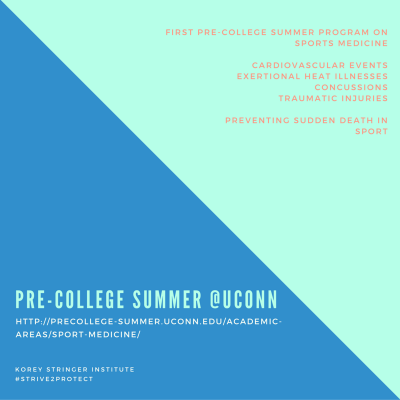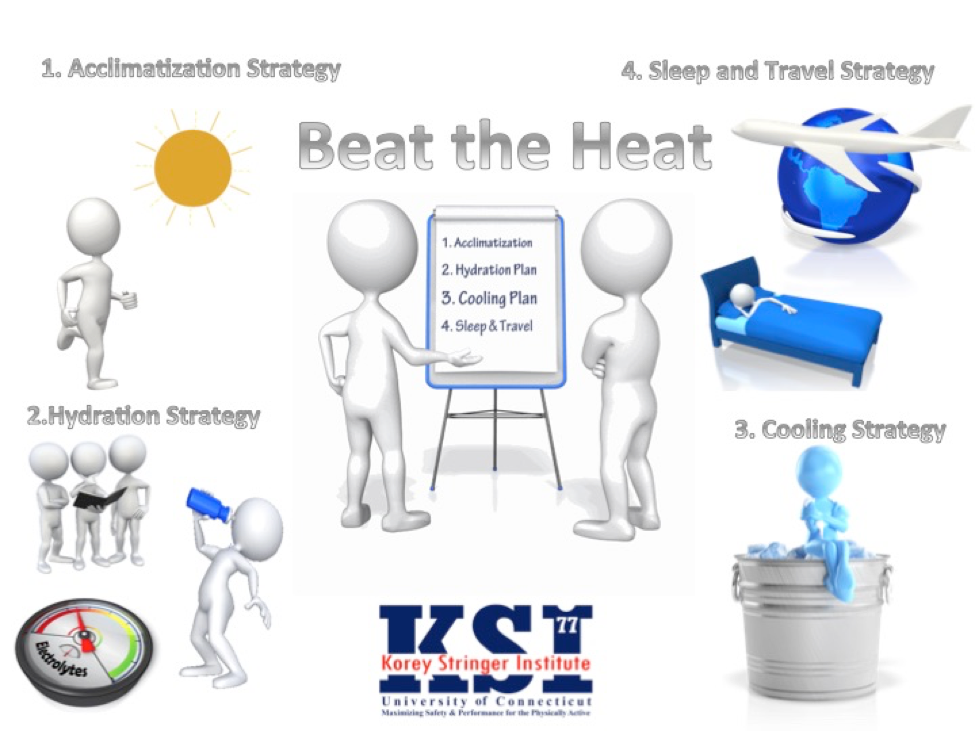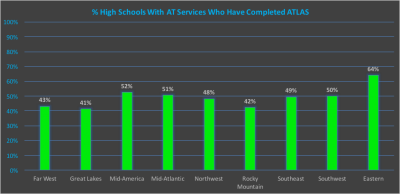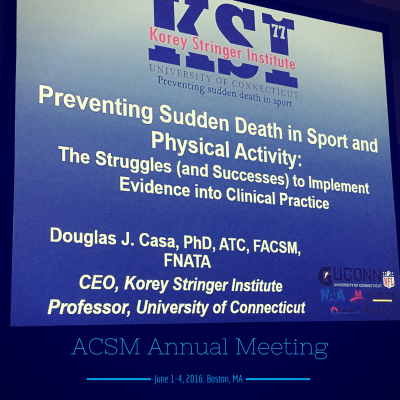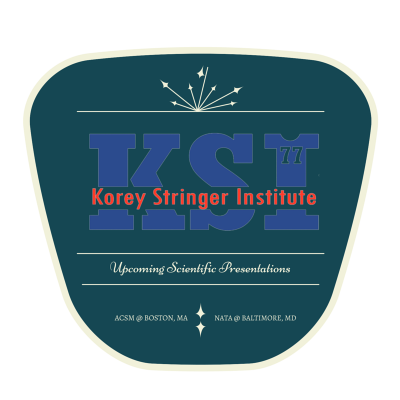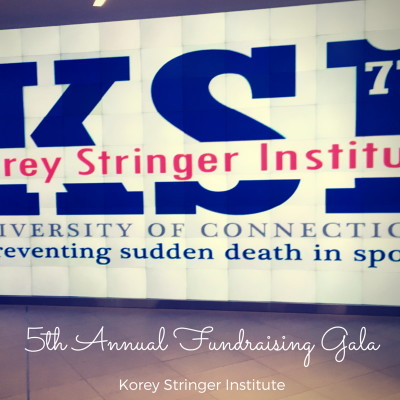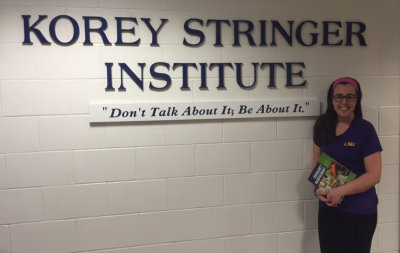
By Savannah Knighton, Korey Stringer Institute Fellow
My name is Savannah Knighton and I am an undergraduate athletic training student at Louisiana State University. I became aware of the Korey Stringer Institute (KSI) in 2014 after my brother suffered a heat stroke. KSI played an integral role in his return to the football field. I have always admired the work that they have done, and this summer I was fortunate enough to become part of the team when I was offered the 2016 summer fellowship.
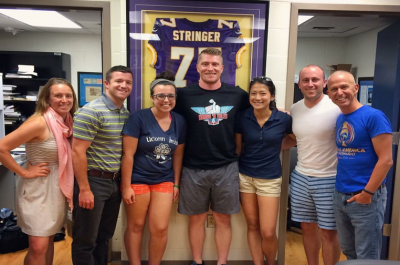
My main focus this summer was the Athletic Training Locations and Services (ATLAS) project. The goal of ATLAS is to create a real-time database of the athletic training services in secondary schools across the country. Being an athletic training student and a strong advocate for the importance of the presence of athletic trainers at all levels, this was a very appropriate task. I spent much of my time uploading the information from new surveys to our database. I also created numerous contact lists of athletic trainers from different states to help promote ATLAS. This was my first real experience working with excel, but I was able to learn numerous tips and tricks.
I was also asked to write letters to authors that inadequately described exertional heat stroke. I have become very knowledgeable about heat illnesses, especially exertional heat stroke; so I was glad to be able share this knowledge. I was even able to learn a little bit more about the specifics and misconceptions of heat illnesses while writing these letters. My creative side was put to the test by designing some social media graphics to help promote KSI and its initiatives.


During my last few weeks here, I was able to help out with some of the research studies. I spent many hours in the heat chamber, helping out with max testing, and collecting data before and after testing. This was my first experience with research, but it has definitely made me consider about going into research in the future.

I cannot thank the KSI team enough for all the mentoring they have done. The amount of knowledge I have acquired from them this summer is unfathomable. I am excited to bring everything I have learned back to Louisiana and carry it with me throughout my career. I can only hope that future fellows learn just as much as I have. KSI does some amazing work, and being apart of the team even for a summer is an experience I would recommend to any athletic training student.
